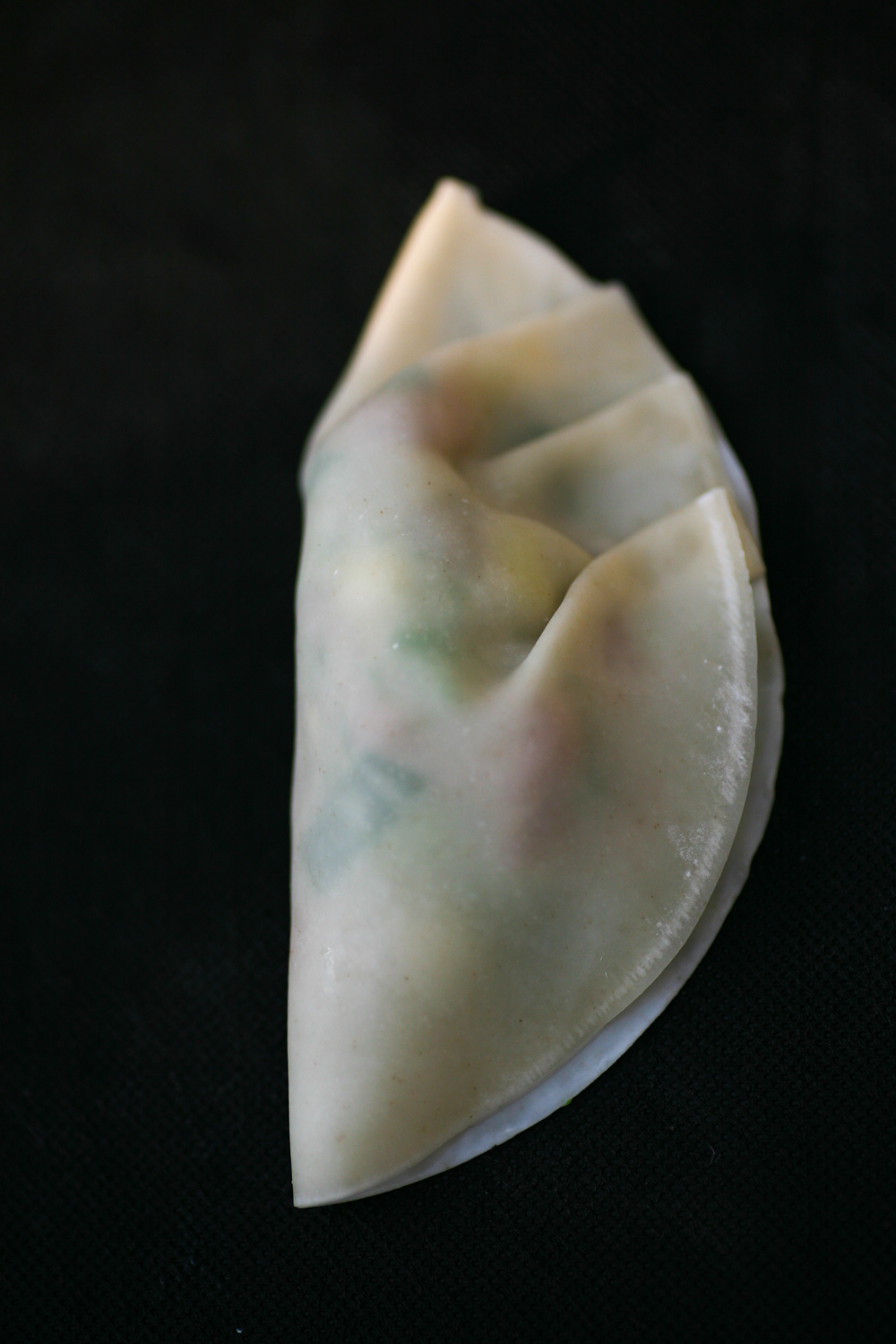I’ve just returned from a relaxing week in Wales, where the sun shone in all it’s glory and we spent the days exploring the coast line, swimming in the sea, eating tasty food and just generally relaxing. It was so good to have a change of scene after lockdown.
Returning to London I rather fancied eating prawns so set about making a curry – not an Indian one this time but more of a Burmese inspired dish with lemongrass, coconut and lime. I had recently been sent a most delicious pot of Maya’s Nørrebro Chilli Sauce. The name and back story immediately caught my attention. I’m loving the chilli on the viking helmet!
Maya was born and raised in Denmark in an area of Copenhagen called…you guessed it…… Nørrebro, to India parents. The chilli sauce is nod to her Indian origin with the design and aesthetics being very much Danish in style. The sauce tastes absolutely delicious and has no preservatives, salt or sugar and could be used in a number of ways. I’ve eaten it at breakfast with my wilted spinach and tomatoes, with scrambled eggs, avocado toast, but today I thought it would really work well in a prawn curry.
It tasted so delicious I thought I would share the recipe for you all to try. Maya has recently launched her business so I know would love some support, especially in these rather challenging times for anyone in the food business. You can order your jar here.
When you buy your prawns make sure to buy them with the shells on so that you can also make my prawn bisque with the shells. It takes around 10 minutes to remove the shells, although I like to keep the tails on – for aesthetic reasons mainly, if I’m honest. Pop the turmeric powder and a little salt over the prawns whilst you prep the other ingredients.
I added 2 tbsp of Maya’s chilli sauce, but start with one and then add the other a little later to see if the heat works for you. This is not meant to be a super hot blow-your-head-off curry, but one that the whole family can eat and enjoy that is full of delicious flavours.
Coconut and Lemongrass Prawns
Serves 4
900g prawns, remove shell but keep tails on and devein. Keep the shells to make this
1 tsp turmeric powder
1/2 tsp salt
1 tbsp vegetable oil
***
2 tbsp vegetable oil
1 red onion, finely chopped
1 heaped tbsp fresh ginger, grated
3 garlic cloves, grated
2 lemongrass, ends and outer skin removed and cut into 3 pieces each
1 tbsp Maya’s Nørrebro Chilli Sauce
1 tsp salt
400ml coconut milk
2 tbsp fish sauce
1 tsp jaggery/brown sugar
2 medium sized tomatoes, blended
1 more tbsp Maya’s Nørrebro Chilli Sauce, optional
1 lime, juice only
- In a bowl add the prawns, turmeric powder and salt and mix well. Leave for 10 mins
- In a frying pan heat the oil and add half the prawns so that they bronze. A couple of minutes on each side will be sufficient. Remove and leave on a plate whilst you gently fry the remaining prawns.
- In a slightly deeper pan than a frying pan, heat the oil and when it is hot add the red onion. Leave to lightly bronze which will take around 6-8 minutes.
- Add the grated ginger and garlic and lemongrass and mix well.
- After a couple of minutes add the coconut milk, jaggery/brown sugar and fish sauce. If there is any turmeric water from the bowl the prawns were in add this too.
- Add Maya’s Nørrebro chilli sauce and stir well. Leave to simmer whilst you blend the tomatoes in a chopper.
- Add the tomatoes and stir. Simmer for a further few minutes before adding the prawns. Keep the heat low and cover.
- Taste test the sauce and add one more tbsp of Maya’s Nørrebro chilli sauce if required. I did and it tasted heavenly.
- From the time the prawns are in the sauce they will only need 5 minutes before they are cooked.
Serve with some steamed rice and I finely chopped some savoy cabbage and added it to a pan with oil and fresh garlic which had softened. I then add a couple of tbsp of soy sauce and allow the cabbage to soften.
I was kindly gifted a pot of Maya’s Chilli Sauce, but all my view and opinions are my own.
















































